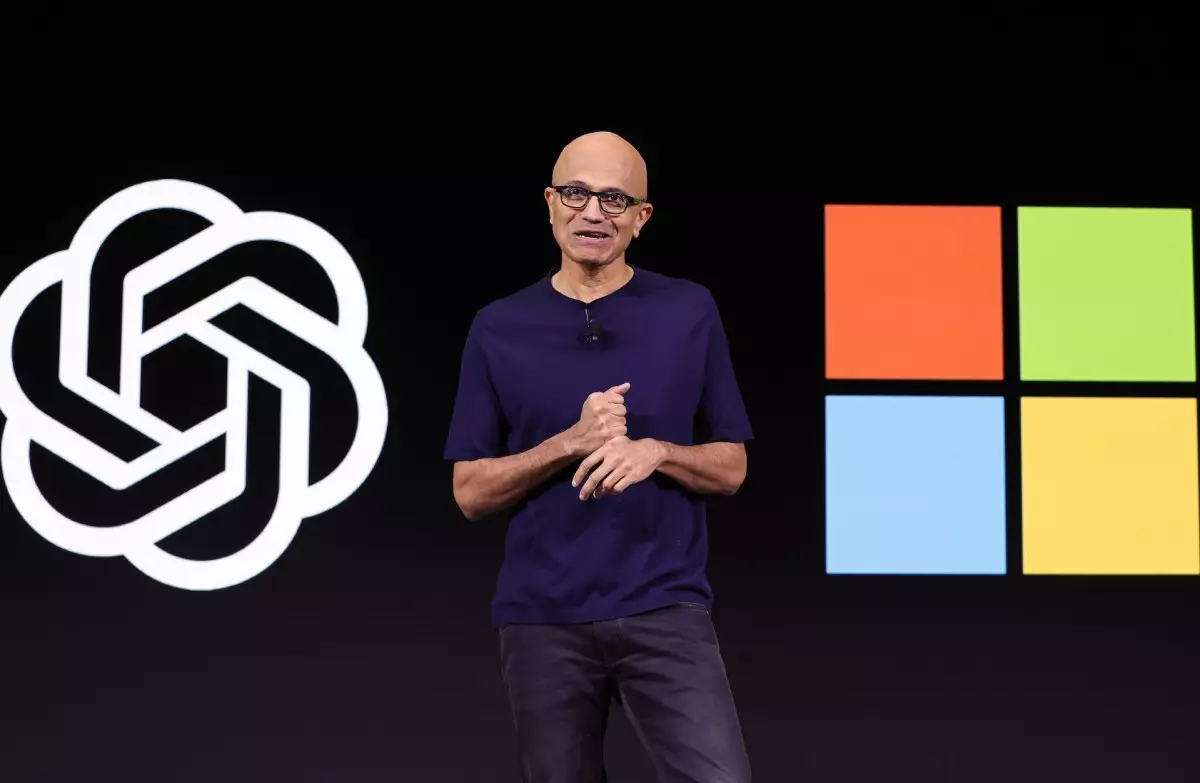Artificial General Intelligence (AGI) has become a focal point of discussions in technology, philosophy, and economics. This concept represents an AI’s capability to understand, learn, and apply knowledge across a wide range of tasks, mimicking human intelligence. However, a recent report has unveiled that Microsoft and OpenAI possess a rather unconventional interpretation of AGI—one that is centered on profitability rather than the traditional, nuanced parameters that academics and technologists often prioritize. This unique definition raises significant questions about the ethical and functional trajectory of AI development.
According to reports, OpenAI is said to have entered into an agreement with Microsoft stipulating that achieving AGI is tied to generating a staggering $100 billion in profits. This financial benchmark reflects a stark departure from the rigorous technical and philosophical standards many anticipate when discussing AGI. The ramifications of this profit-centered approach are twofold: first, it creates a dissonance between the perceived capabilities of AI and the criteria for its classification, and second, it implies that financial metrics will dictate the pace and direction of AI research and deployment.
This ties back to the current fiscal landscape; OpenAI is projected to incur substantial losses in the near future and has indicated to its investors that profitability may not be realized until 2029. Such a timeline adds pressure to achieve this profitability threshold under the constraints of the agreement with Microsoft, effectively intertwining the fates of both organizations.
The agreement also implies that Microsoft may have a vested interest in the extended partnership with OpenAI. With AGI’s status still nebulous and potentially years away from realization, Microsoft stands to benefit from continued access to OpenAI’s cutting-edge technology. This situation places both companies in a webinar of strategic dependency—Microsoft needs OpenAI to innovate and secure its foothold in an increasingly AI-centric world, while OpenAI cannot afford to pivot too rapidly away from its grounding in profitability metrics.
There are speculations regarding OpenAI’s potential early declaration of achieving AGI in order to secure its independence from Microsoft in the face of profit concerns. However, this could lead to an ethical quagmire, as the criteria for declaring AGI would be motivated by strategic business interests rather than genuine advancements in technology.
OpenAI’s recent advancements, including their o3 model, have sparked debate about whether such innovations can indeed be pathways toward AGI. While the o3 model showcases improved performance capabilities, it accompanies substantial computational costs, illuminating a broader issue within OpenAI’s profit-centric framework. As OpenAI continues to rake in significant losses, each improvement must not only push the envelope of AI capabilities but also align with financial viability to placate both investors and partners like Microsoft.
As the landscape of AGI evolves, the emphasis on profitability over philosophical or technical milestones presents a challenging paradox. The alignment of technological potential with financial imperatives could stifle innovation, forcing both Microsoft and OpenAI to rethink what it means to truly achieve artificial general intelligence—and at what cost.

